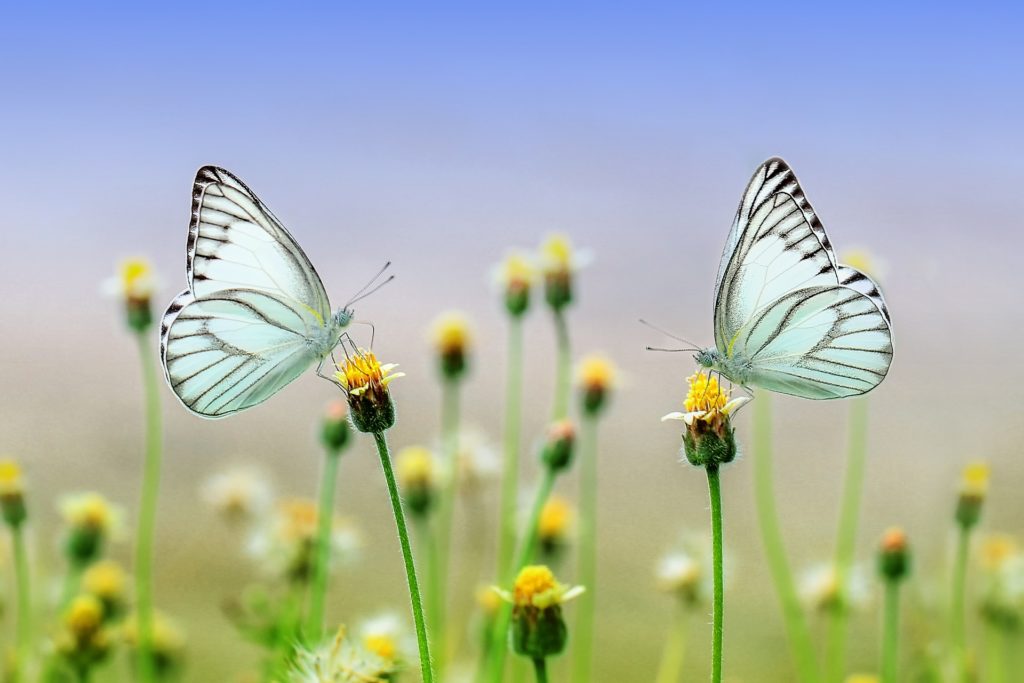According to a recent study the number of butterflies in the Netherlands dropped by a staggeringly high number.
Between 1890-2017 the butterfly population in the Netherlands has shrunk by at least 84 percent, 15 species have disappeared completely. The authors argue that in reality the loss is likely even higher.
The results substantiate the common knowledge that the butterfly fauna of the Netherlands nowadays is a fraction of what it used to be in earlier days.

This is the sad conclusion of a study published by Dutch researchers, who analysed opportunistic butterfly records from 1890 to 2017 to quantitatively estimate the overall long-term change in occurrence of butterfly species in the Netherlands.
They further investigated three major butterfly habitat types in the Netherlands: grassland, woodland and heathland. Butterflies strongly declined in all three habitats alike. The trend has stabilised over recent decades in grassland and woodland, but the decline continues in heathland.
Agriculture and fertilizers endanger butterflies
The main reason for the rampant insect killing: The habitat of butterflies is shrinking. The area of semi-natural grassland, still harbouring herb species and nowadays managed as nature reserves, shrunk from 40% of land cover to a mere 3%.
In addition, the use of fertilizers destroys wild herbs, which serve as a source of food for the insects. Heathland and forests were displaced by agriculture.
The sad trend is not limited to the Netherlands. Strong declines in butterflies have been reported from other European countries too, e.g., Belgium (Maes and van Dyck, 2001), Finland (Kuussaari et al., 2007) and the United Kingdom (Fox et al., 2011).
Insect dying does not stop at butterflies: The worldwide loss of biodiversity is widely acknowledged and incentives to stop further extinction and to restore biodiversity are much needed.
By Stefan Simon for Collective Green
